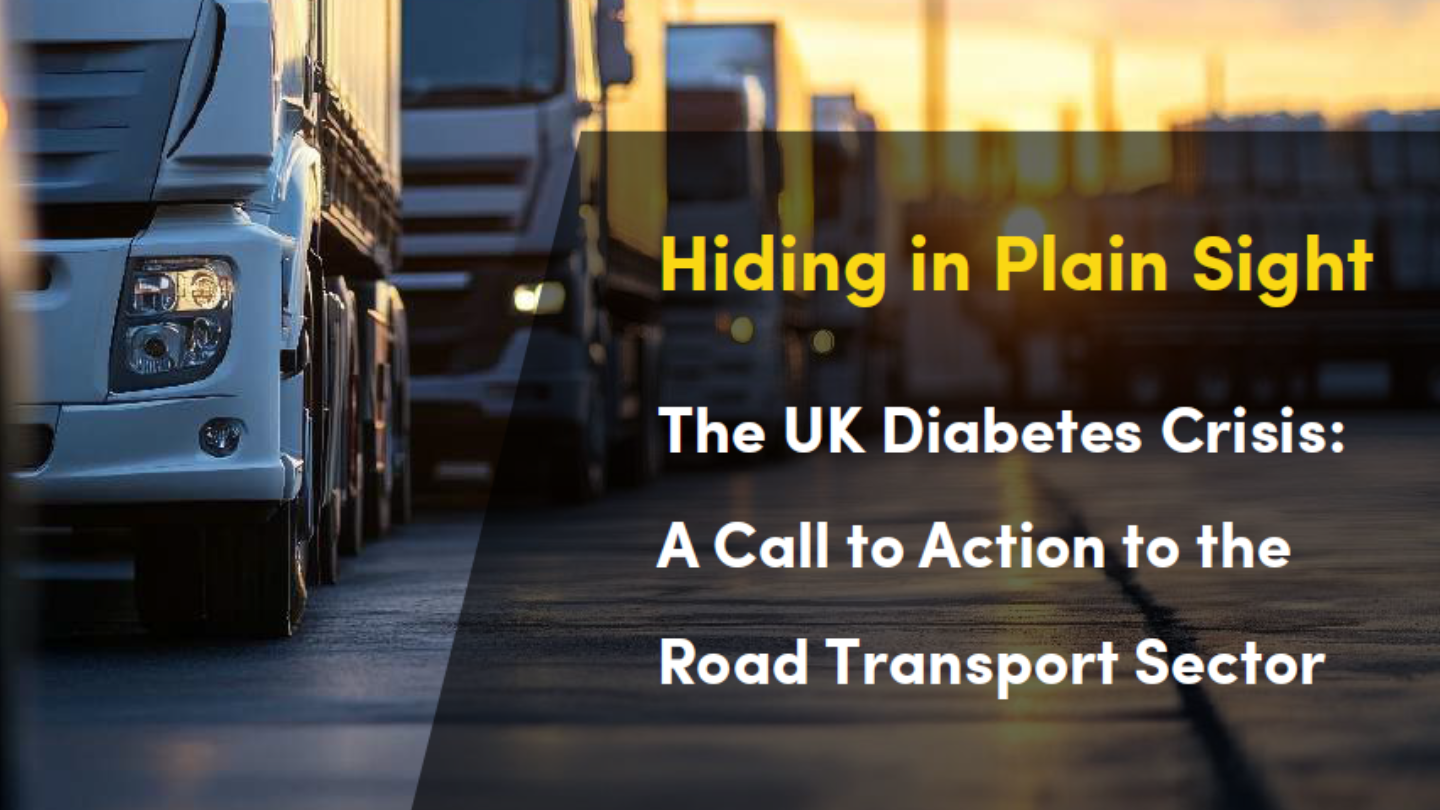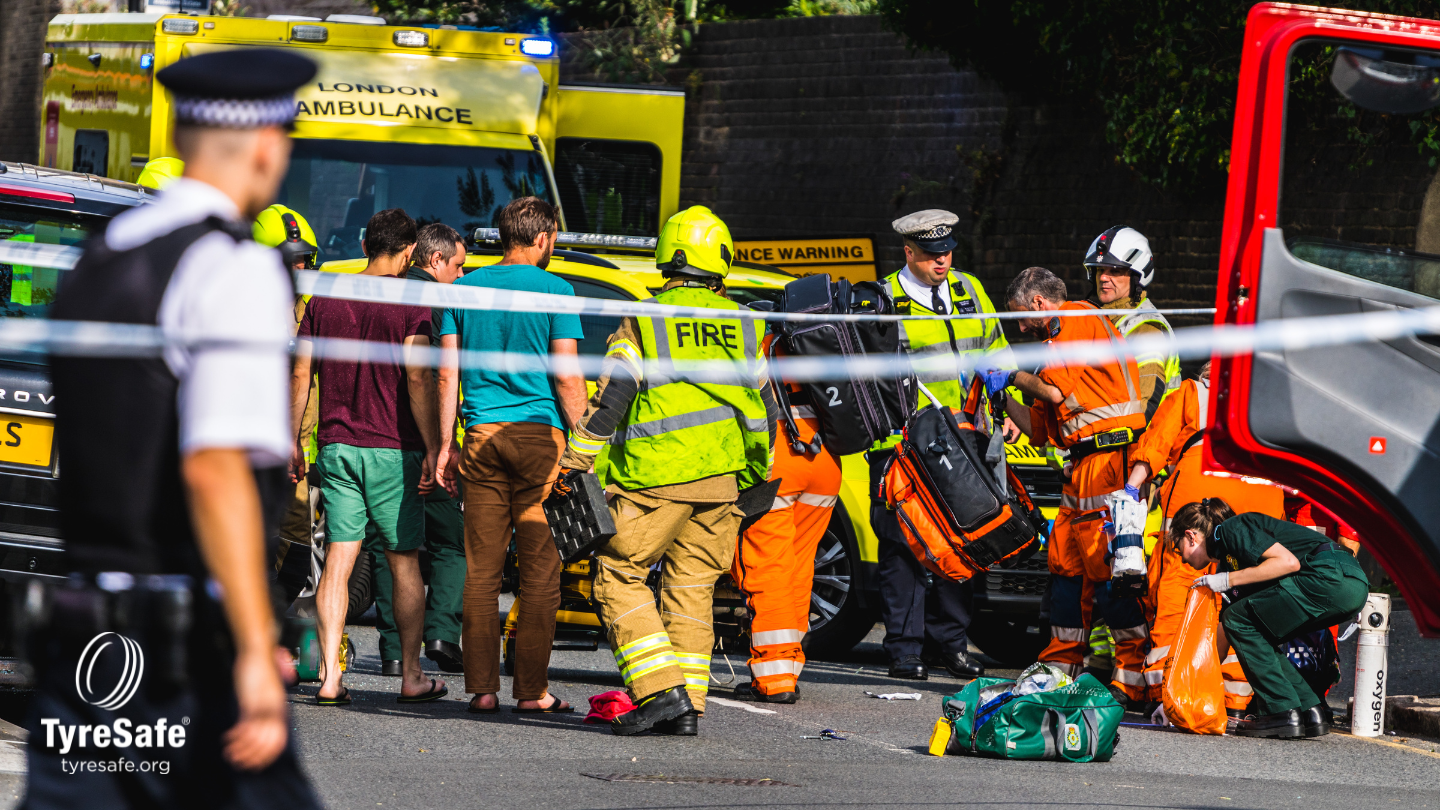What Are The Consequences of Illegal Tyres?
Each year, dozens of people are killed and hundreds are seriously injured as a result of an accident caused by illegal, defective or under-inflated tyres. With the harsh winter weather now with us, TyreSafe is encouraging drivers to make sure they have adequate tread depth
If drivers do not have sufficient tread depth, they are more likely to be involved in an accident as stopping distances are much longer, grip is lost and the risk of aquaplaning is increased. Drivers also face fines of up to £2500 and three penalty points for each illegal tyre.
Over 10 Million Vehicles Could Be Driving With An Illegal Tyre
Over 10 million UK motorists could drive a vehicle with an illegal and dangerous tyre during 2016 according to results of the most comprehensive survey of its kind. Announced at the Tyre Safety Month Briefing today, the survey, conducted by TyreSafe in partnership with Highways England, revealed more than 27% of tyres were already illegal when they were replaced. That equates to more than one-in-four of the 37 million cars and light commercial vehicles (LCVs) on the UK’s roads being driven with a tyre that could cost its driver a £2,500 fine and three penalty points, an MoT failure – or worse.
The results follow a survey of over 340,000 tyres as they were being replaced at 819 retail outlets across England, Northern Ireland, Scotland and Wales and compiled by TyreSafe. The average proportion of illegal tyres at the point of replacement across the UK was 27.3% but variances between the four home nations were also highlighted with Wales (29.1%) and particularly Northern Ireland (36.5%) recording a higher proportion of illegal tyres. Scotland’s results were on par with the UK average at 27.4% while England recorded the lowest proportion at 26.8%.
The survey’s findings confirm fears among road safety stakeholders of a poor attitude towards tyre safety among UK motorists, which is increasing the risk of drivers being involved in an incident. A vehicle’s tyres are the only safety critical component in contact with the road and if unroadworthy the effectiveness of the vehicle’s braking and steering systems are significantly compromised.
In particular, tread depth has a decisive impact on the amount of distance a vehicle takes to stop in the wet, and must be of at least the minimum legal limit (1.6mm). Previous studies* have proven that the braking distance of a vehicle with tread of 1.6mm is nearly 12m further than a vehicle with new tyres when braking in the wet from 50mph.
The Tread depth survey results are a concern. Figures from the Department for Transport** show that dangerous tyres are the largest single contributory factor in accidents resulting in casualties of any vehicle defect – including brakes. If the number of casualties from tyre-related incidents is to be reduced on our roads, the UK’s motorists need to change their attitude to this primary safety feature and carry out regular checks to ensure their vehicle’s tyres are roadworthy.
The concern comes not just from the number of illegal tyres at the point of replacement, but also the proportion which were below 2mm – those with just 0.4mm left (half the thickness of a bank card) before reaching the 1.6mm legal minimum. While a tyre is legal at this point, the amount of distance it can cover and remain within the law is difficult to predict and can only be verified by regular checks. TyreSafe’s own research has revealed one-in-five drivers have never checked their tyres and the majority of the remaining vehicle owners do not do so on a regular basis.
The obvious conclusion is that while one-in-four tyres are illegal at the point of replacement, a further 43% are changed before reaching 1.6mm more by good luck than good judgement. TyreSafe urges drivers to check their tyres regularly before their luck runs out.
Illegal Tyres Still Continue To Be Sold By Retailers
Investigations by TyreSafe during Tyre Safety Month in October 2019 revealed a shocking 99% of part worn tyre retailers were selling illegal and dangerous tyres. In total, 18 investigations were carried out across England and Scotland involving 68 part worn traders, all bar one of whom were supplying tyres which contravened the legislation governing their sale. Even more concerning, of the 129 tyres inspected, 75% were unsafe.
TyreSafe has been working in partnership with Trading Standards for many years to investigate part worn traders, but during Tyre Safety Month a range of enforcement agencies also participated. These included numerous police forces and fire services, the Environment Agency, the Department for Work and Pensions and the Health and Safety Executive.
In a week of activity in the North East, a multi-agency team led by officers from Cleveland and Durham Specialist Operations Unit visited 29 businesses, none of which complied with the regulations.
These dreadful findings support TyreSafe’s advice for motorists to think again before buying part worns as there is no guarantee the tyres being sold to them are safe. Investigations also highlight a high level of incompetence among traders.
The Sad Truth From A Forensic Vehicle Examiner
A Forensic Vehicle Examiner for Police Collision Investigation Units, attends serious and fatal collisions across the county. Their job is to gather evidence from the vehicles to help determine the cause of the crash. Often, he also attends the Magistrates, Crown and subsequently Coroners Court to provide evidence should a vehicle defect be related the cause of the collision.
It’s not a pleasant job, by any standards but the work can help prevent other families from going through the pain and devastation of losing a loved one in a collision.
Shaun McKeown is one such officer, working for Police Collision Investigation Unit. He’s passionate about vehicle safety and a staunch supporter of TyreSafe, the UK’s leading tyre safety organisation.
In his experience, where tyres are concerned, it’s just not worth taking a risk
“All the incidents I attend are serious and sadly, sometimes fatal. One that will always stick in my mind is the case of a young nurse who suffered fatal head injuries as a result of a rear tyre deflating.
“She’d lost control of her car on a bend, hit another vehicle and been killed instantly.”
Shaun found the car’s wheel rim had been damaged and the fault gone unnoticed, leading to the tyre slowly deflating. When the driver had taken a bend, the under-inflated tyre had induced a loss of grip causing the driver to over-compensate with her steering and once grip took effect again, the steering input caused the vehicle to travel across the road into the path of an oncoming vehicle.
At the inquest, the coroner said the tragedy underlined the need for a warning to motorists about the vital need for regular tyre safety checks and urged drivers to check their cars.
Despite the warnings, a few months later Shaun attended a crash in which a 17-year-old driver and his teenage passenger had both been killed. Tragically, that incident was also the result of defective tyres.
“We found the car had two worn tyres on the rear and had skidded in standing water. Unfortunately, the vehicle slid into the path of a HGV,” he says.
“These cases are devastating for the families involved and we urge drivers to do all they can to prevent them.
“It’s such an easy thing to do a visible check on your tyres as a matter of routine, maybe when you’re washing the car on a Sunday morning.
“For example, you can use the TyreSafe 20p test to check the tread depth
“If you’re not confident in checking them yourself or have any concerns, most garages will inspect the tyres for free.”
Shaun, who has three young children, admits he’ll be paranoid about checking their cars when they start to drive.
But he wants to protect drivers, and particularly young motorists, now.
“We find young drivers will happily spend time improving the look or performance of their car but then fail to spend any time checking their tyres which puts their lives and those of other road users in danger.”
“With many cold wet days ahead of us over the winter, I can guarantee there will be many more drivers who’ve lost control as a result of driving around on worn or damaged tyres,” says Shaun. “Don’t take the risk. If you had my job, you’d be out on the drive checking them now.”
How To Ensure Your Tyres Are Legal and Safe
Motorists can help reduce the risks to themselves and other road users by carrying out tyre checks every month and before long journeys. The air pressure in each tyre should follow the vehicle manufacturer’s recommended settings and can be found in the owner’s manual, filler cap, door shut or on a plaque in the glove compartment. Tread depth should be over the minimum legal limit of 1.6mm, roughly the same as the rim of a 20p piece which can be used as a guide by inserting into the tyre’s tread. If the rim is visible, the tyre may be illegal and the assistance of a tyre professional should be sought. While checking tread depth, also look out for any lumps, bumps, signs of ageing or scuffing on the tyre which may indicate internal damage. Again, speak to a tyre professional should the driver find anything they are unsure about.


